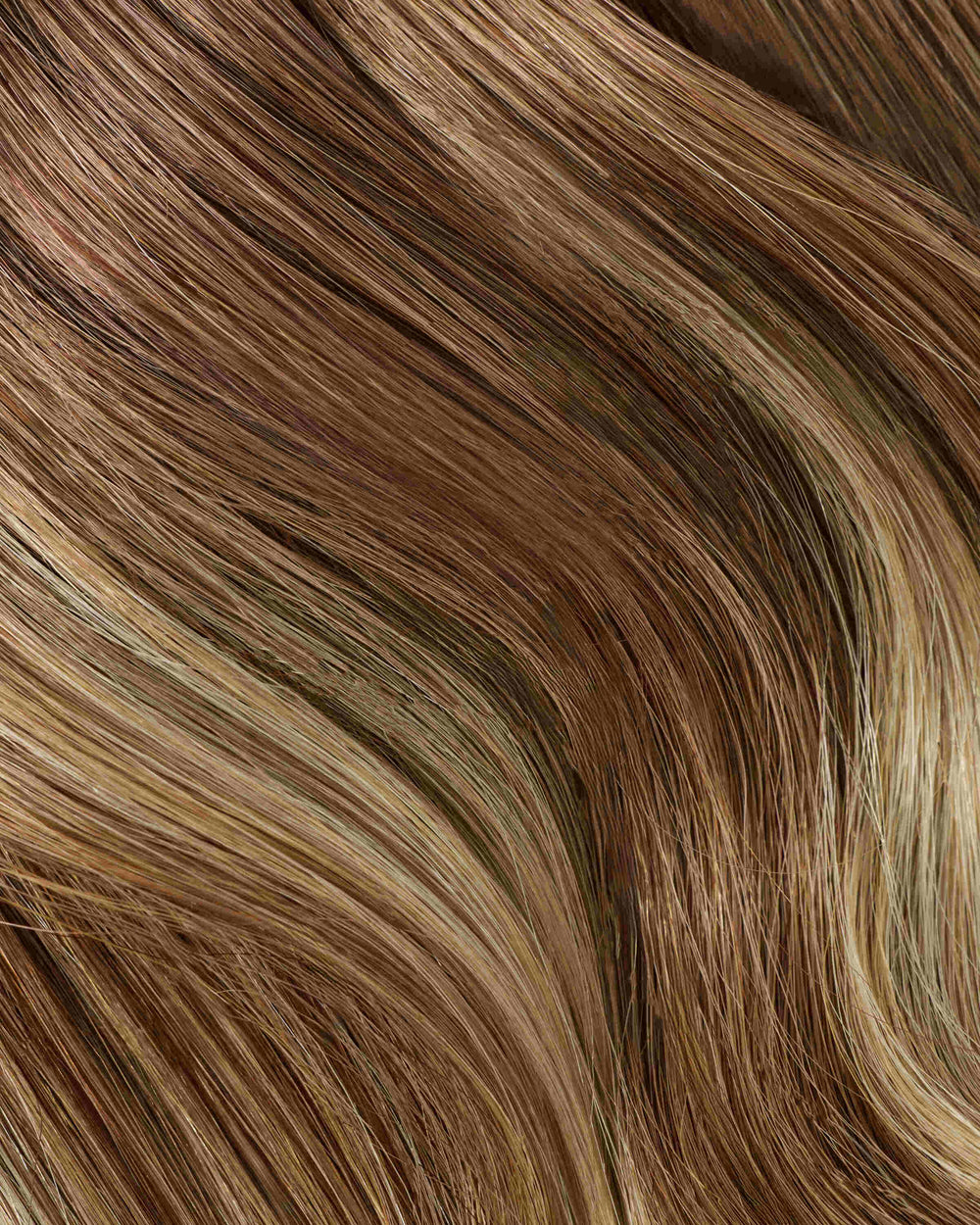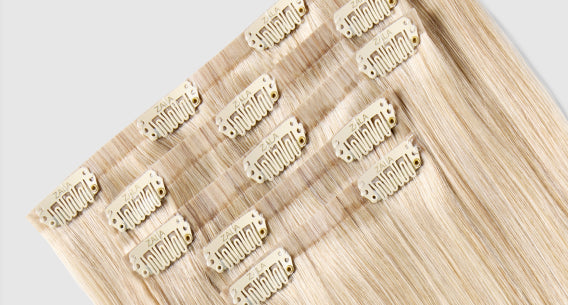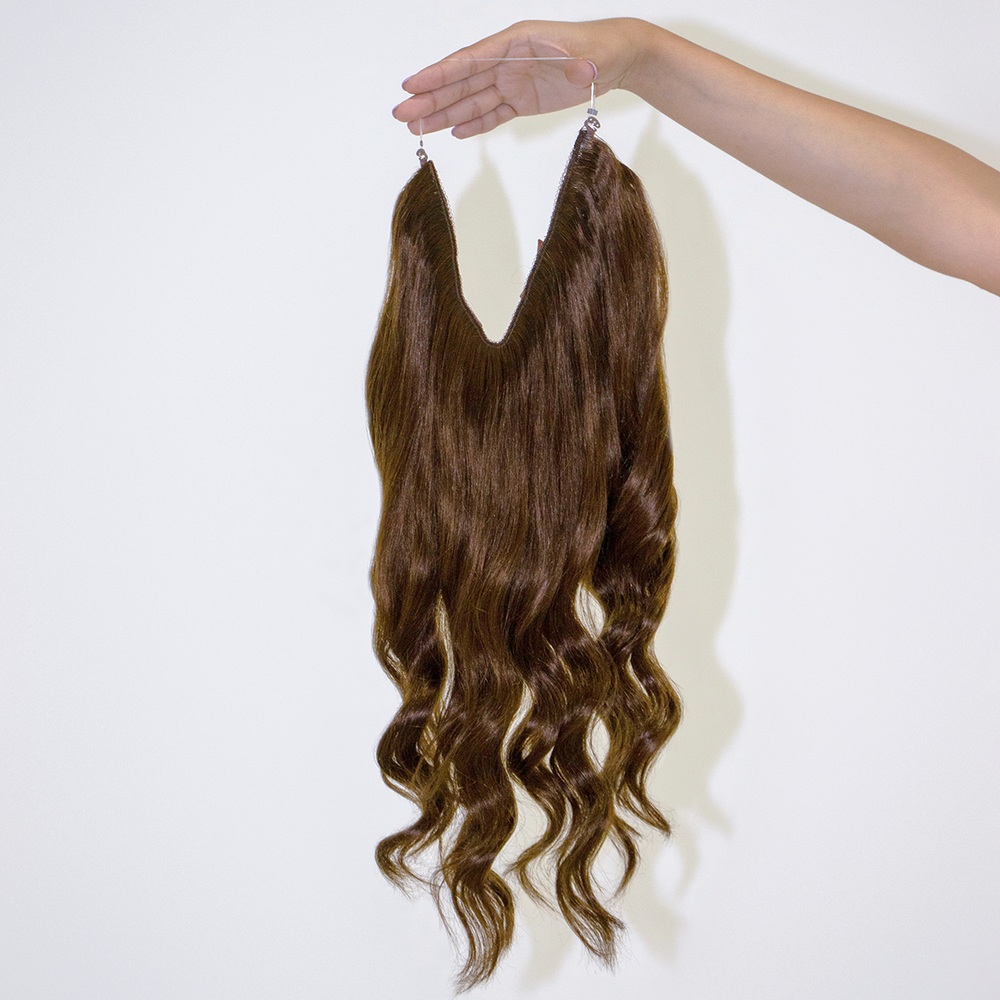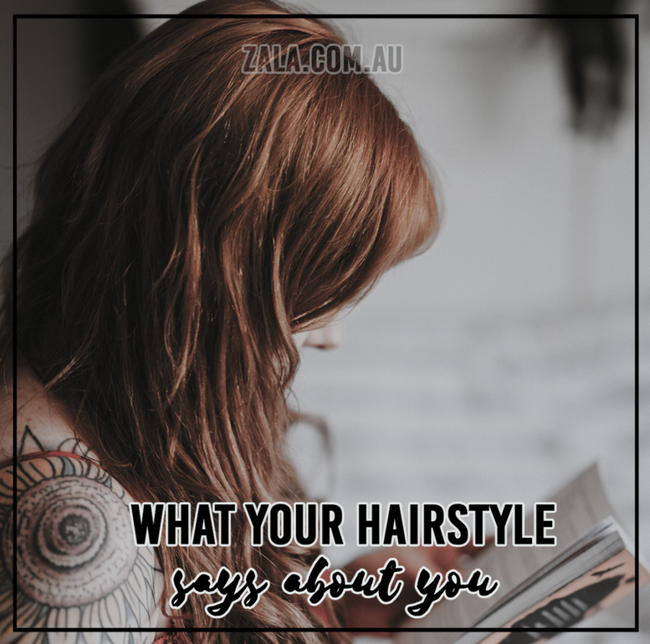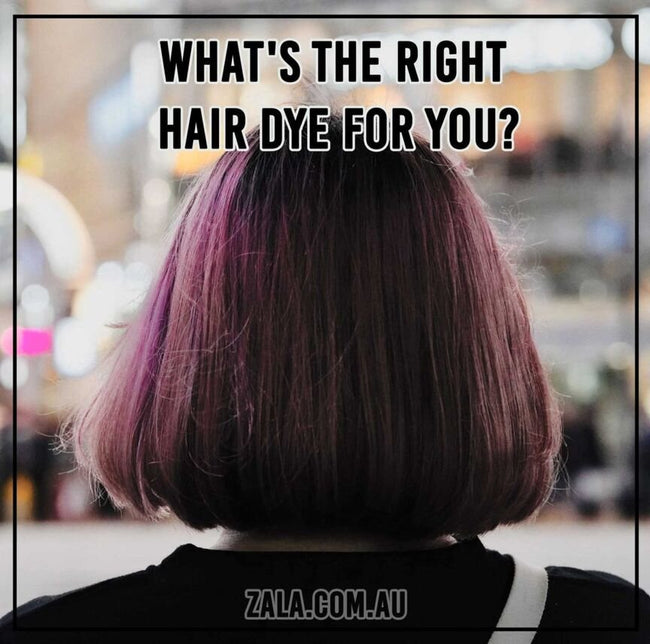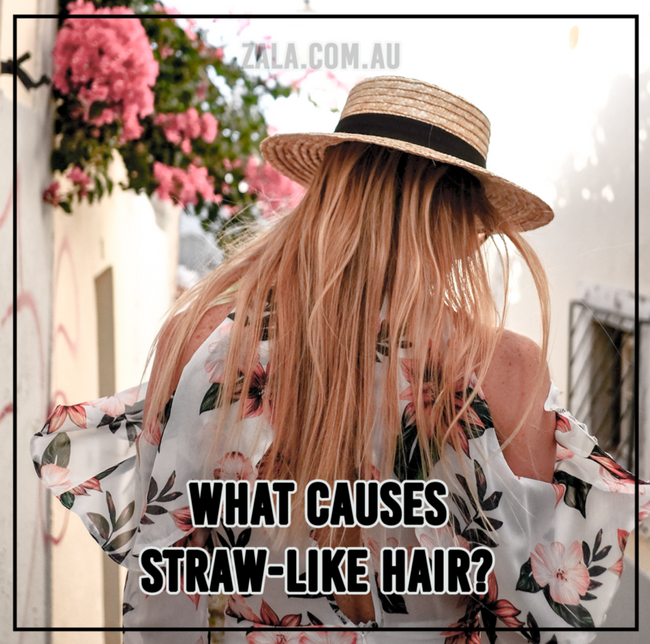What Is Hair Rebonding?
So, you want to make your hair straight and shiny? There are many ways to do this. You can use a straightening iron after washing and drying your hair. You can use hair masks to add shine and improve smoothness. Or, you know, you can hit all birds with just one stone by getting a hair rebond.
But what exactly is hair rebonding? Before you undergo this drastic chemical hair treatment, make sure that you know exactly what you’re getting into first.
What is hair rebonding?
Hair rebonding is a chemical process that is done to make your hair look straight, shiny, and smooth. It involves breaking down the natural bonds of your hair with heat and chemicals. The bonds are then rearranged to fix any kinks and issues and bonded again once more, hence the term “rebond”.
Benefits of hair rebonding
Hair rebonding has plenty of benefits, especially if you’re looking for permanent results. Unlike other hair treatments that typically disappear after just a couple of washes, rebonded hair typically lasts for months. This means that if you’re tired of styling your hair every single day, then you’d probably be interested in getting your hair rebonded.
I’ve personally tried this treatment before and wow, the change is really amazing. I didn’t even have to comb my hair with a brush anymore in the morning since just finger-combing was enough. No matter how haggard or stressed I was in my day, and no matter how windy or hot it was, there was no frizz whatsoever, not a single hair out of place. My hair felt smooth, silky, and very soft.
Here’s a list of benefits in a nutshell:
- straightens hair
- makes hair shiny
- improves smoothness
- softens your strands
- greatly improves manageability
- eliminates all frizz
How does the hair rebonding process go
The biggest downside to getting your hair rebonded is the time it takes to complete. Of course, it mostly depends on the length of your hair, but it’s rare to hear of treatments that take less than 4 hours to complete.
There are three main steps to hair rebonding. The first step consists of breaking down the bonds of your hair. The second step makes use of heat in order to rearrange the bonds and make your strands straighter. Lastly, the third step requires the use of a neutralizer in order to recreate the bonds that were broken and rearranged in the first and second steps.
Interestingly, you can actually perform a hair rebond by yourself using your own tools and a home hair rebond set, though it’s not recommended by experts. Nevertheless, here are the steps. Take note that whether you have it done at home or in a salon, the steps to hair rebonding are the same.
- Wash your hair to ensure that it’s clean. Don’t use conditioner.
- Divide your hair into sections. Use the strong straightening lotion, typically called a relaxant, from your hair rebond set and apply it to your hair evenly. This step is very important. If you miss a spot, it’s not going to turn out straight. You wouldn’t want a single curly patch, would you?
- Leave the relaxant on for about 30-45 minutes. For the exact number, look at the numbers on the hair rebond set. Be warned that leaving it on for too long could damage your hair, so be careful about the time.
- Steam the hair for 10-30 minutes to lock the solution in.
- Wash your hair thoroughly and dry it off.
- Apply the keratin lotion. With the lotion still on your strands, straighten your hair with a flat iron.
- Apply the neutralizer evenly by section. This process is what ‘rebonds’ your hair once more. Leave on for 30 minutes.
- Wash hair thoroughly with cold water.
- Blow-dry hair and then apply hair serum.
- Use a flat iron to straighten hair once more before finishing up.
Obviously, these steps are easier than done, which is why many people prefer going to salons instead. The main reason why some opt to do it at home is because the whole process could take up to 8 hours, and honestly, who likes staying at a salon for 8 hours?
This is the first of our series about hair rebonding. Make sure you stay tuned for the next part!For more hair articles, don’t forget to check out our ZALA blog!
Share This Post:





